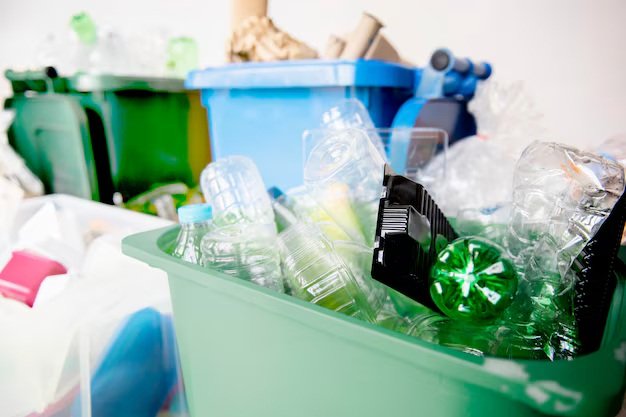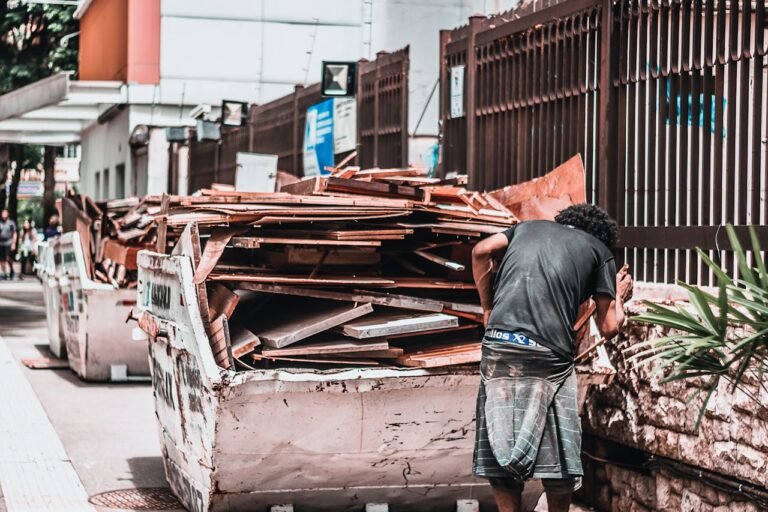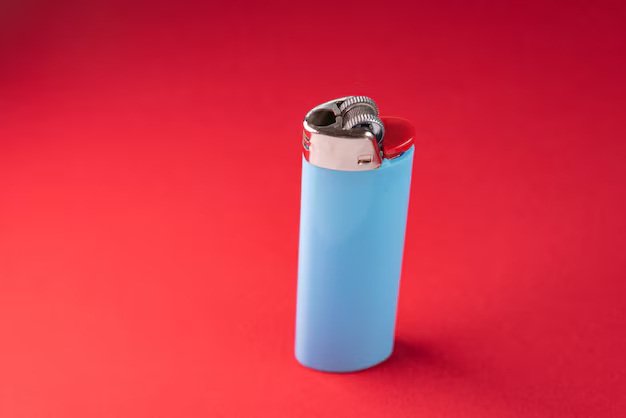Can You Recycle Pizza Boxes? An Expert Guide
Pizza nights are one of life’s simple joys. Whether it’s a cosy family dinner or a hangout with friends, that warm box filled with cheesy, delicious goodness always brings people together. But when the last slice is gone, you’re left holding an empty box with one big question: Can I recycle this?
It might seem like a straightforward task—cardboard is recyclable, right? But here’s where things get a bit tricky. Grease, cheese, and food scraps can mess up the recycling process. I learned this the hard way after tossing a stack of greasy pizza boxes in the recycling bin, only to be told that I was contaminating the whole batch.
Understanding how to properly recycle pizza boxes isn’t just about keeping your conscience clean—it’s about making a real impact on the environment. In this guide, I’ll share insights from experts, practical advice, and even some lessons from my own recycling missteps to help you make smarter choices. Let’s break it down and get it right so that the next pizza night leaves nothing but good memories and a positive environmental footprint.
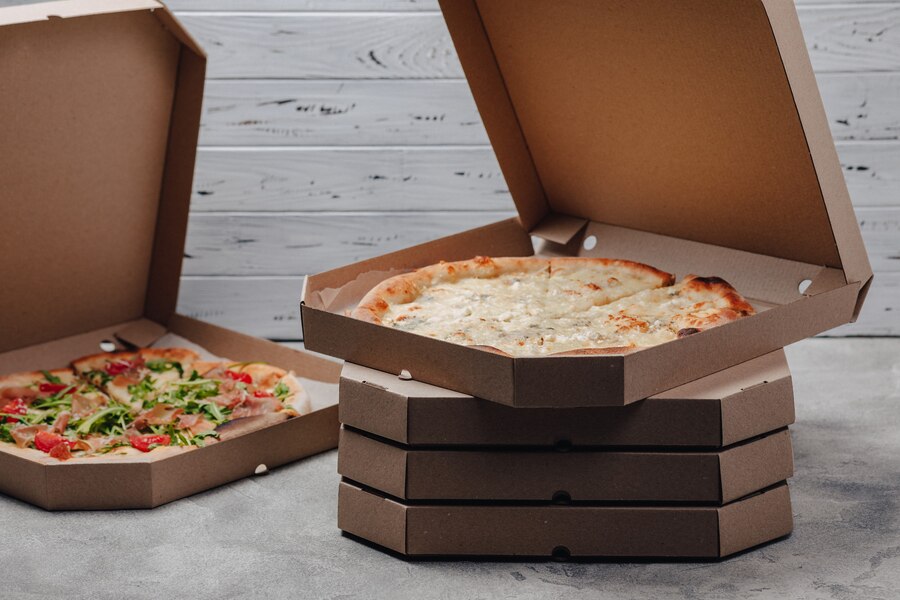
In This Article
- Understanding the Composition of Pizza Boxes
- Expert Insights on Recycling Pizza Boxes
- Practical Steps for Recycling Pizza Boxes
- Challenges and Practical Solutions for Recycling Pizza Boxes
- Future Innovations in Pizza Box Recycling
- Actionable Tips for Sustainable Pizza Nights
- Conclusion:
Understanding the Composition of Pizza Boxes
Pizza boxes are mostly made from corrugated cardboard, which is a fantastic material for recycling. When recycled, cardboard is mixed with water to create a pulp. Clean cardboard binds well in this slurry, creating high-quality recycled paper. But grease and oil from pizza? That’s a whole different story. These oils don’t mix with water, and they prevent the cardboard fibres from bonding properly. This contamination can ruin entire batches of recycling, making the paper unusable.
Key Components of a Typical Pizza Box:
| Component | Recyclable Status | Notes |
|---|---|---|
| Clean Cardboard | Yes | Ideal for recycling |
| Greasy Cardboard | No | Can contaminate recycling processes |
| Paper Liners | Yes | If free from grease and cheese |
| Stickers/Tape | No | Should be removed before recycling |
Real-World Experiences: Grease Dilemmas
Let me share a personal story. I once threw a birthday party for my son, complete with all his favourite foods — and plenty of pizza. After the party, I found myself with a towering pile of pizza boxes. Determined to recycle and do my part for the environment, I loaded up the boxes and took them to the recycling centre.
The attendant, a friendly older man with years of experience, inspected the boxes. He gave me a kind but firm reminder: “Half of these are too greasy. You’ll need to toss those in the trash.” I felt a pang of embarrassment, but was grateful for the lesson.
Not all pizza boxes are created equal when it comes to recycling. If the bottom of the box is greasy but the lid is clean, tear off the clean part and recycle that. It’s a small but meaningful step that helps keep contamination out of recycling streams.
Understanding these details can make a big difference. Every bit counts when it comes to protecting our planet.
Expert Insights on Recycling Pizza Boxes
When it comes to recycling pizza boxes, guidance from experts like Eric Nelson, a former waste reduction manager at the University of Kansas, can be invaluable. Reflecting on his experience, Nelson recalls events where numerous pizza boxes were discarded due to concerns about contamination. He emphasised that “The key to recycling pizza boxes is understanding contamination. If the bottom is too greasy, but the lid is clean, simply tear off the clean part and recycle that. Most recycling facilities will accept the clean sections without issue.”
Also, recent studies have clarified that recycling pizza boxes is more straightforward than previously thought. According to research by WestRock, a leading paper and packaging company, typical amounts of residual grease and cheese do not affect the box’s recyclability. They found that the average grease content in a pizza box is about 1-2% by weight, which does not significantly impact the recycling process.
Therefore, it’s generally acceptable to recycle your pizza boxes as long as you remove any leftover pizza and excessive cheese. This means you don’t have to discard the entire box due to minor grease stains. By ensuring the box is empty and free from large food remnants, you can confidently place it in your recycling bin, contributing to waste reduction and environmental sustainability.
Remember, while minor grease stains are acceptable, it’s essential to remove any leftover pizza and excessive cheese before recycling. By doing so, you can ensure that your pizza boxes are properly recycled, contributing to a greener planet.
Learn More: Can Ink Cartridges Be Recycled? An In-Depth Look
Research Studies
A 2021 study by the American Forest & Paper Association (AF&PA) found that 82% of the U.S population has access to recycling programs that accept pizza boxes as long as they’re free from excessive grease or food residue. That’s promising news for eco-conscious pizza lovers.
A 2024 study, published in the Journal of the Academy of Marketing Science. followed up with an eye-opening report. They discovered that proper sorting reduces contamination rates, which helps recycling facilities operate more efficiently and produce higher-quality recycled products.
These studies highlight one crucial takeaway: taking a few seconds to tear off greasy sections or remove food residue can make recycling much more effective. It’s small actions like these that contribute to bigger environmental wins.
Practical Steps for Recycling Pizza Boxes
Follow these steps to maximize the recyclability of your pizza boxes:
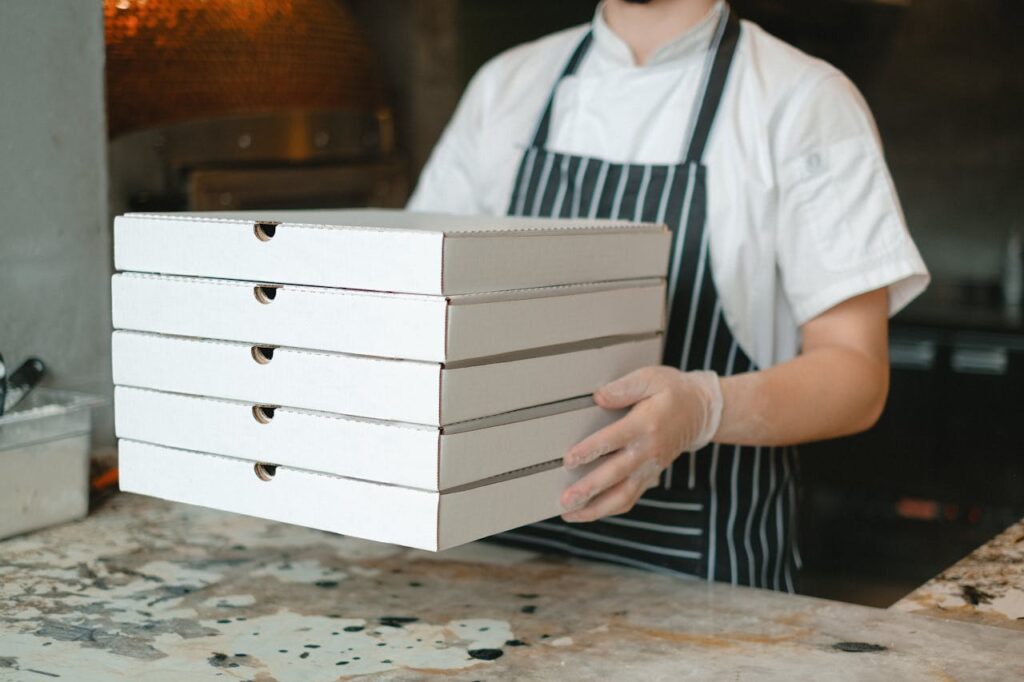
Step 1: Inspect the Box
Start by giving your pizza box a good look. Is it covered in grease or cheese? Grease can be a major problem because it contaminates the cardboard fibres, making them less recyclable.
Tip: If the bottom of the box is heavily stained, don’t sweat it—just tear off the clean top and recycle that part. This simple trick keeps the clean cardboard in the recycling loop.
Step 2: Remove Non-Recyclable Materials
Before tossing the box in your recycling bin, take a minute to remove anything that doesn’t belong. Stickers, tape, or any plastic inserts (sometimes used to keep the pizza from touching the box lid) should be peeled off.
Why does this matter? These materials can jam up recycling machines and lower the quality of the recycled material.
Step 3: Flatten the Box
Flattening the box may seem like a small step, but it makes a big difference. Not only does it save space in your recycling bin, but it also makes processing easier at recycling facilities.
Pro Tip: Flattening your cardboard boxes, including pizza boxes, can increase bin capacity by up to 30%.
Step 4: Place in the Recycling Bin
Once your box is clean and flat, it’s ready for the recycling bin. Make sure it goes into the right bin if your area has separate bins for paper and cardboard.
Challenges and Practical Solutions for Recycling Pizza Boxes
1. Consumer Confusion
It’s common to be unsure about what parts of a pizza box can go in the recycling bin. Grease stains, cheese residue—does that all ruin the recycling process?
Solution: Look for clear labelling on boxes. Some pizza companies are getting better at printing recycling instructions right on the box. If there are no instructions, just remember this rule of thumb: tear off the clean lid and recycle it, but toss the greasy bottom.
2. Recycling Facility Limitations
Not all recycling centres accept pizza boxes, even if they’re clean. This can be frustrating when you’re trying to do the right thing.
Solution: Check with your local recycling program. Many cities have specific guidelines posted online. A quick call or search can save you the hassle of contamination errors.
3. Greasy Bottom Sections
Grease and food residue remain one of the biggest hurdles to recycling pizza boxes. When cardboard is too oily, it won’t bond properly during the recycling process.
Solution: Compost the greasy parts if you can. Greasy cardboard breaks down beautifully in compost bins and adds carbon to the mix. If composting isn’t an option, those sections should go in the trash.
The key takeaway? Don’t let perfection get in the way of progress. Even recycling part of your pizza box is better than sending the whole thing to the landfill.
Future Innovations in Pizza Box Recycling
Grease-Resistant Coatings
Some manufacturers are working on creating biodegradable, grease-resistant coatings for pizza boxes. Think of it as a protective layer that keeps the cardboard clean even when the pizza gets messy. This innovation could make it possible to recycle entire boxes without worrying about contamination. Imagine not having to tear off the greasy bottom of the box anymore—how convenient would that be?
Smart Sorting Technology
Recycling facilities are getting smarter, too. Advanced sorting systems are being developed to detect and separate contaminated cardboard from clean materials. These machines use sensors to pinpoint greasy spots and automatically sort out compromised sections. This means fewer mistakes in recycling plants and better-quality recycled materials.
Consumer-Friendly Apps
Ever found yourself staring at a pizza box, wondering if it belongs in the recycling bin or the trash? There are apps in development that aim to solve this confusion. By scanning your pizza box or entering your location, these apps can provide customised advice based on your local recycling rules. How cool is that? It’s like having a recycling expert in your pocket.
Learn More: How to Recycle Paper Bags
Actionable Tips for Sustainable Pizza Nights
Choose Eco-Friendly Pizza Places
Support pizzerias that prioritise sustainability. Many restaurants now use recyclable or compostable packaging, and some even offer discounts if you bring your own reusable container. A quick call or check on their website can tell you if your favourite pizza spot is doing its part.
DIY Pizza Nights
Making pizza at home is not only fun but also a great way to cut down on packaging waste. Use reusable baking sheets or pizza stones instead of disposable trays. Plus, you have full control over the ingredients, allowing you to choose organic, locally sourced toppings that reduce your carbon footprint.
Educate Your Family
Teaching kids (and even adults!) how to properly recycle pizza boxes is a small step that makes a big difference. Show them how to tear off and recycle clean parts while composting or discarding greasy sections.
Get Creative
Don’t toss those clean pizza box lids just yet! They can be repurposed for kids’ crafts, storage dividers, or even composting material. Small actions add up, making pizza night deliciously sustainable.
Conclusion:
Recycling pizza boxes doesn’t have to be a daunting task. By understanding the dos and don’ts, sharing knowledge, and making small changes, we can all contribute to a healthier planet. The next time you enjoy a delicious slice, remember that what happens after the meal is just as important as the meal itself.
Take Action: Share this guide with friends and family to spread awareness and inspire responsible recycling practices.

